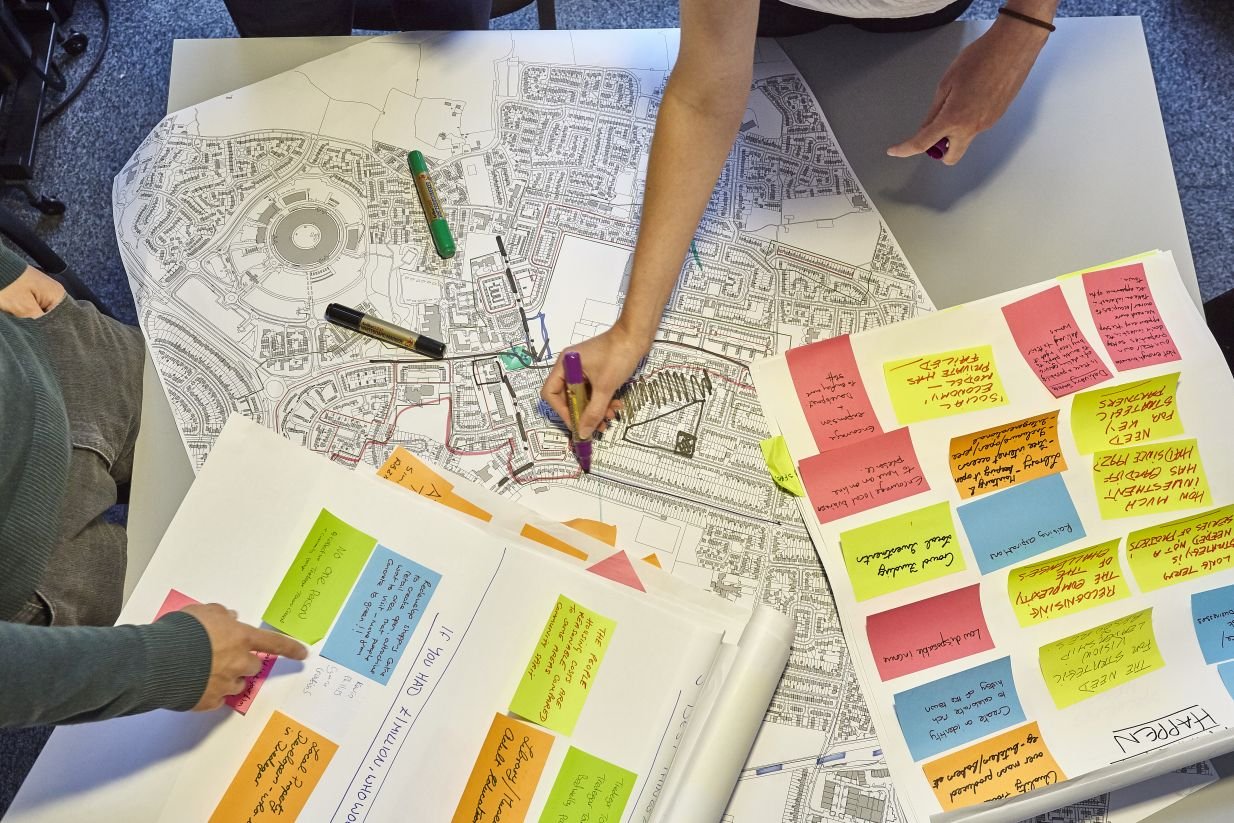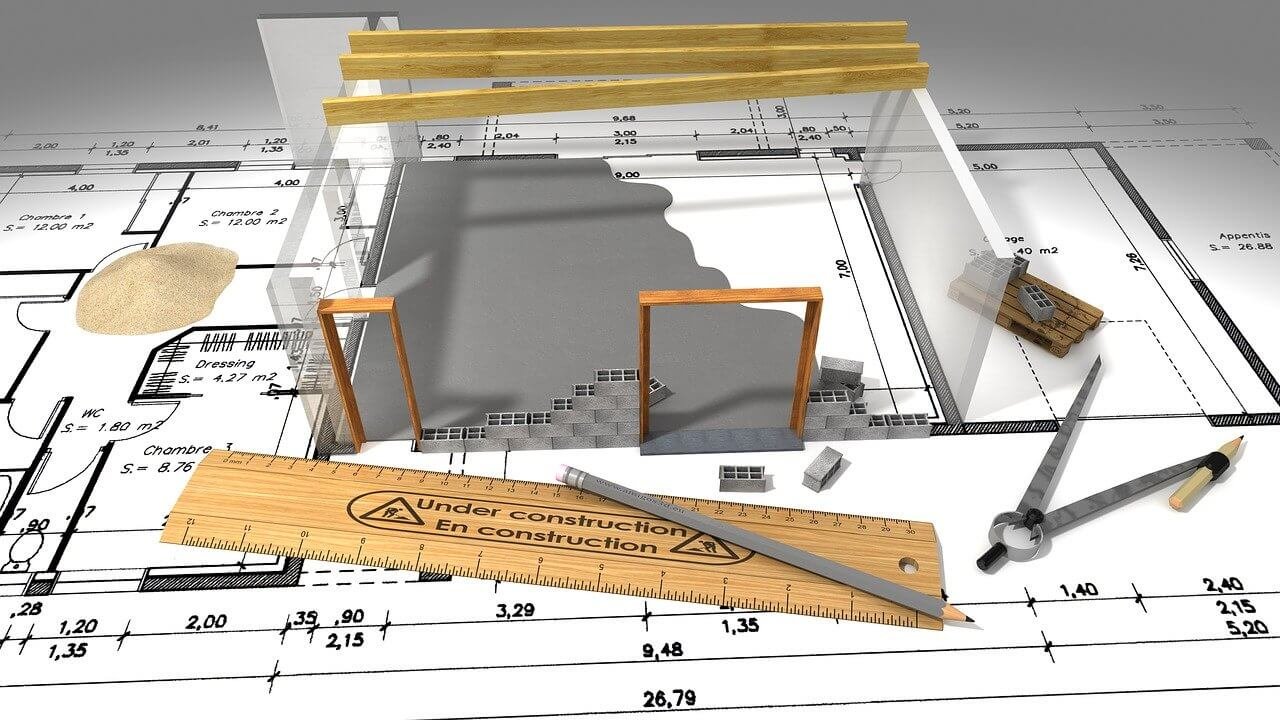“We shape our buildings; thereafter they shape us” – Winston Churchill
The role of architecture in a society today is changing and there is a lack of interest in critical social issues from a profession that holds high responsibility within the community. How we are building new or regenerating existing buildings and places, or what uses we plan for them, affects our way of life and belongings, pride, safety, accessibilities, green spaces, etc. Each urban development affects the community, whether they invest in it or occupy the buildings and places within it.

Community-Engaged Design?
Community-Engaged Design (CED) is a set of planning, community development, design principles, practices, and methods for community empowerment. The community-engaged design also overlaps with other categories like public interest design, social awareness design, and human-centered design. The engagement can be formal or informal direct or indirect but must be an effective community engagement that allows the government to tap into diverse perspectives to improve the quality of the decisions. It also enables citizens and communities to better understand the processes of the government and builds their capacity to participate in deliberate processes by gaining skills, knowledge and experience.
CED is also,
- Flexible and adaptive in response to particular community problems and challenges, goals, and aspirations.
- A system of integrating approach that draws from multiple disciplines.
- Focusing on different scales of interventions from improving the built environment to policy change.
- Centered on participatory inquiry, decision-making, and outcomes.
Two of the most interrelated characteristics set community-engaged design are placemaking, where the goal is to frame issues and develop strategies to improve the social, environmental, and economic health of a local community.
By the definition of Community-engaged Design, this necessitates working with different communities in more collaborative and sustained processes. Another advantage is community engagement, as the participation and social awareness, as well as outcomes resulting in citizen and institutional capacity. Hence, CED is an explicit practice to ensure that low-income communities are engaged in problem-solving as these communities are often excluded from place-based decision making.
The role of an architect or even architecture itself is continuously evolving in today’s society. Architecture can drive social change through community-engaged design. The built environment can influence social change as architects are the first to make inroads by implementing elements into their design practice, boosting social change in communities.
Every community comes with its own issues that can be looked at using specific architectural perspectives for insight and guidance. For example, in Seattle, Washington, there is a growing of homeless population in the city and yet there remains a lack of access to essential social services. So, the neighborhoods, organizations, and individuals are to be needed to have appropriate tools to impact how the city in changing efficiently.
Architecture can only evolve if the architect leads the change since they hold unique positions due to the variety of roles that they take during the building process. This profession often serves as moderator, activists, public speakers, etc., and their exposure to public, coupled with diverse knowledge and skills provides the expertise needed to become an integral part of society.

How to engage communities in design?
The fact that most urban design policies do not explicitly involve the public or communities as a part of the decision-making process. Deeper the engagement, deeper will be the interaction and impact. The term ‘co-design’ is used when community members are equal collaborators in the planning and design process.
- Designing places with people
- Engaging communities in decision-making
- Using Digital media
- Sharing input that must be easy ad intuitive
- Providing a physical planning space
- Visualizing the design aids
- Share meetings online
- Utilize existing social structures
- Respond to community concerns
Stay Tuned for more Architecture Technology Content!



